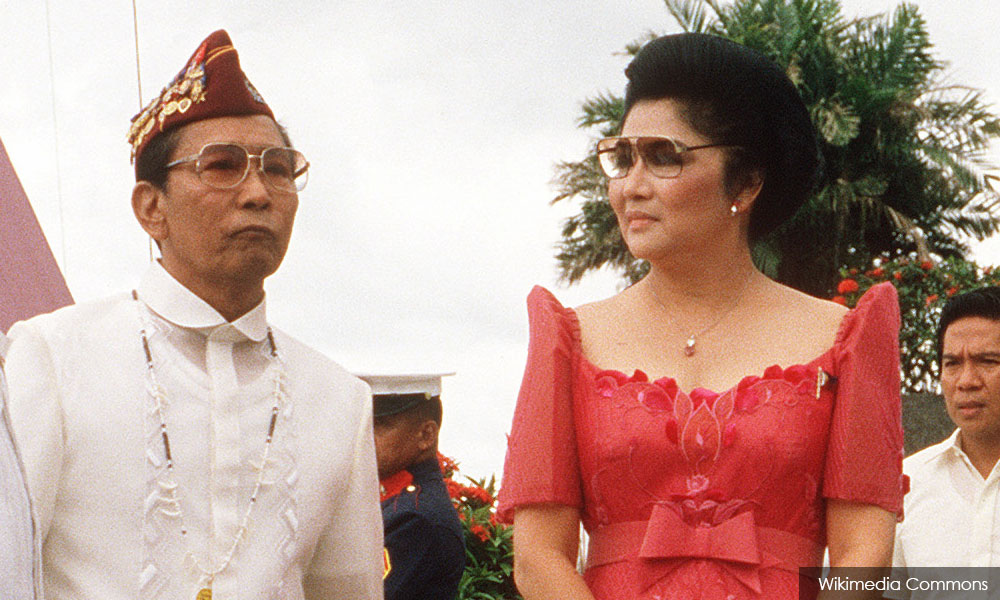Ferdinand Marcos Jr took the oath of office on Thursday as Philippines president, 36 years after a people's revolt drove his father from office after two decades in power.
Below is a timeline of key events for the Marcos family, the country's most famous and politically influential dynasty.
1965 - After 15 years as a lawmaker, Ferdinand Marcos wins a presidential election, following a campaign portraying him as a decorated World War Two hero, claims that historians have disputed. Marcos is popular in his first term after borrowing from abroad to modernise infrastructure.
1969 - Marcos wins a second term, but an earlier debt-fuelled spending spree triggers an economic crisis and soaring inflation. Public discontent and social unrest simmers and opposition against Marcos grows on several fronts.
1972 - Marcos declares martial law to restore order and dissolves Congress, which allows him to stay in power beyond the constitution's two-term limit. Thousands of opponents are arrested, beaten, tortured or killed or disappear during nine years of martial law.

1981 - Martial law is lifted. A presidential election is held and Marcos wins by a huge margin, with much of the opposition boycotting.
His son and namesake, Ferdinand Marcos Jr, returns to the Philippines after studying in Britain and the United States and becomes Ilocos Norte governor.
1983 - The president's biggest political rival, Benigno Aquino, is assassinated upon his return from exile, triggering anger against the Marcos administration.
1985 - As domestic discontent grows, Marcos calls a snap election. Aquino's widow, Corazon, decides to run and opposition starts to unite against Marcos.
1986 - Marcos wins an election that observers and the United States say is fraudulent. Opponents call for protests and civil disobedience and are threatened with arrest for sedition. The president's defence chiefs quit and side with a growing "people power" movement.

The Marcos family and an entourage of dozens flee into exile in Hawaii, with a customs inventory that includes 22 crates of cash and millions of dollars worth of jewellery, including diamond-studded tiaras, a gold crown and dozens of pearl necklaces.
A special panel is created to retrieve an estimated US$10 billion of wealth that disappeared during the Marcos era. It will eventually recover about half of that.
1989 - Marcos Sr dies in Hawaii age 72.
1991 - The Marcos family return home to face graft and tax evasion charges, but are cleared. Over the next two decades, Marcos Jr, sister Imee, and mother Imelda, rebuild the family's political network, between them serving concurrently as governor of Ilocos Norte and its representatives in Congress and several stints in the Senate.
1992 - Imelda Marcos contests the presidency, finishing fifth out of six candidates in the first of two failed presidential runs.
1993 - The body of Marcos Sr is returned to the Philippines but is denied a burial in a heroes' cemetery for former presidents, a decision the family challenges for years.

2016 - After six years as senator, Marcos Jr contests the vice-presidential election but narrowly loses.
President Rodrigo Duterte agrees to the Marcos family's request to bury Marcos Sr with military honours at the heroes' cemetery.
2018 - Imelda, now aged 89, is found guilty in absentia of seven counts of corruption involving use of Swiss bank accounts, collectively worth up to 77 years in prison. She is bailed pending appeal.
2022 - Marcos Jr wins a presidential election by the biggest margin since his father's rule and takes the oath of office pledging to work for a bright future, while praising his late father's achievements.
- Reuters

